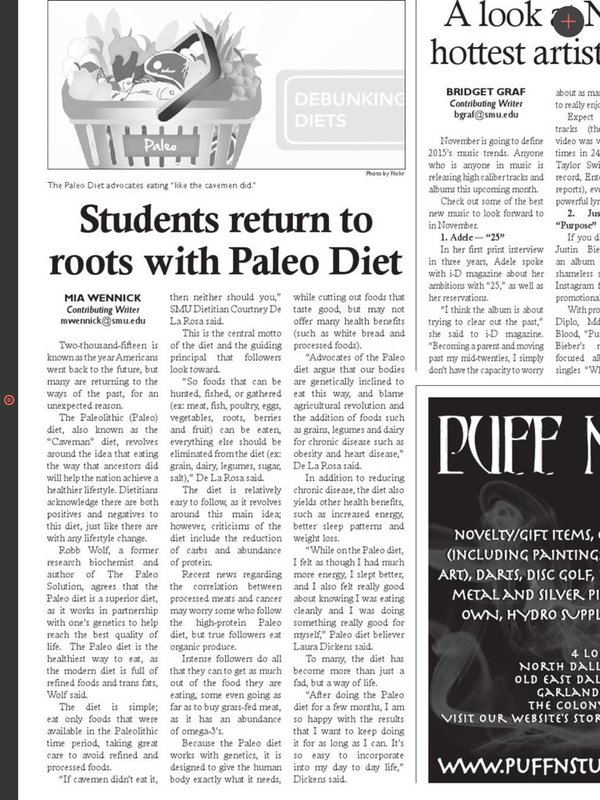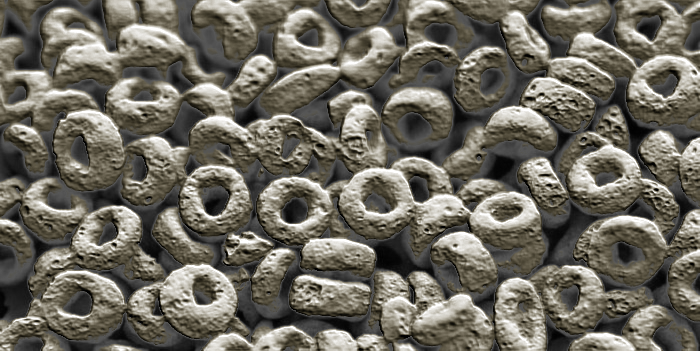
I keep a special feed on Google News called “Nonsenseville” [1]. It’s an rss stream that results from a search for keywords that typically appear in pseudoscience articles. Normally, I scan the headlines to get a sense of how credulous is the science reporting on a topic. Today, I saw this headline from the Canadian Sun news company in my feed: “Sun News: Acupuncture, even done wrong, can help women taking breast cancer drugs: Study [finds]” [2] (the last word appears to have fallen off their site . . . I assume it was “finds”). This is nonsense of the highest order, and is a dangerous message to women desperate for relief from the awful side-effects of breast cancer treatment. The message is: even an extremely incompetent and dangerous quack can help you. This is grade-A nonsense of the highest order, and deserves to be critically assessed.
Before I evaluate this news article and the journal article, it’s important to define things like “science” and “the placebo effect.” I do this a lot – so you can skip these little sections of the article if you are familiar. But a common mistake that science writing often fails to make is to explain the core concepts being violated by a claim.
What is “science?”
Science is a process by which reliable information about the natural world is established. An observation is made; a testable and falsifiable explanation for the observation is proposed; an experimental test of the validity of the hypothesis is then proposed and executed; the results of the experimental test either verify the hypothesis (they never prove it – they only can be said to support the hypothesis, subject to additional tests), disprove it, or are unclear; in the case of either validating the hypothesis, or being unclear on the results, more experimentation is warranted. Regardless of the outcome of the experiment, the results are to be documented and disseminated to the community for review and replication and/or refutation through independent experimentation.
Science is the best way of knowing we have for establishing reliable information about the natural world. This is demonstrable through the ability of scientific processes to extend life (e.g. through curing disease) or enhance the quality of life (e.g. through ensuring a better food supply, increasing human productivity and happiness through technology, and just generally increasing the amount of reliable information on which to build assumptions, which advance community and personal interests). No other way of knowing has improved the human condition more than science. Science is not perfect, but that is the point of the scientific method: nothing is perfect, all conclusions are subject to review and revision with new and reliable evidence, and the steps of the method are required in totum to ferret out errors in any single step.
What is “the placebo effect?”
One can use the scientific methods to advance hypotheses in the realm of medical testing – that is, evaluating a treatment to determine its efficacy. For instance,
- hypothesis: a person, given a fake treatment that is in all respects identical to a real treatment, will not respond to the fake treatment in the same way they respond to the real treatment (e.g. the fake treatment will have no observable effect over doing nothing at all).
Time and time again, this hypothesis has been proven wrong using experiments. This is called “the placebo effect” (from the Latin, “I shall please”). When a fake medicine is given to a patient to please them, rather than treat them, this is placebo. A placebo, in some fraction of recipients, will act like real medicine even though no medicine is present. There is no quantifiable measure of a patient that allows you to predict whether they will respond or not. Placebo is often more effective than doing nothing at all, but less effective than the best medical treatments. The American Medical Association has clear guidelines on the use of placebo for treatment:
Physicians may use placebos for diagnosis or treatment only if the patient is informed of and agrees to its use. A placebo may still be effective if the patient knows it will be used but cannot identify it and does not know the precise timing of its use … The physician need neither identify the placebo nor seek specific consent before its administration. In this way, the physician respects the patient’s autonomy and fosters a trusting relationship, while the patient still may benefit from the placebo effect.
A placebo must not be given merely to mollify a difficult patient, because doing so serves the convenience of the physician more than it promotes the patient’s welfare. Physicians can avoid using a placebo, yet produce a placebo-like effect through the skillful use of reassurance and encouragement. In this way, the physician builds respect and trust, promotes the patient-physician relationship, and improves health outcomes (I, II, VIII). [3]
We have a growing body of lecture material on “the placebo effect” available in our course at SMU, CFB 3333: Introduction to the Scientific Method [4].
So, what’s up with these two articles?
The study referenced in the news article is a real, scientific medical study [5] published in the journal Breast Cancer Research and Treatment. The journal article was published earlier this year. Bao et al. were able to study the effect of either real acupuncture, or sham (placebo) acupuncture, on 47 women who are taking a specific adjuvant to increase their immune response during treatment with tamoxifen for breast cancer. The adjuvant makes some women more susceptible to pain response, and about 13% of women stop taking the adjuvant, which weakens the cancer treatment.
24 women were enrolled in a sham group, while 23 were enrolled in a real acupuncture group. Sham actupuncture is difficult, though not wholly impossible, because you have to use the same ritual with the sham patients, convincing them that you’re puncturing their skin with needles, while not actually doing so. The study used a routine sham procedure for doing this. The study was randomized (the groups had women randomly assigned to them, making sure the composition of the two groups was not significantly different – e.g. sicker women in one group moreso than the other). The study was blind – the researchers did not know which women were in the placebo and which in the real group until after the trial was completed and the data analyzed.
The result? There were no significant differences in pain evaluation by the two groups. In other words, acupuncture was no more reliable than the placebo effect, which is already wholly unreliable.
The article I mentioned above, however, DANGEROUSLY spins these results to the benefit of their alternative medicine agenda:
Acupuncture can help alleviate side-effects of drugs often used to treat breast cancer, even if it’s not done correctly, a new study has found. [2]
The author(s) of the article ignore the medical evidence that acupuncture is no better nor more reliable than an elaborate and fake ritual designed to fool the patient, rather than treat their symptoms (e.g. enhanced pain sensitivity). Instead, they spin the outcome to make it sound as though women in pain, desperate for relief that allows them to continue taking the adjuvant, should get needles stuck in them by even the most incompetent alternative medicine peddler.
The news article claims to quote one of the journal article’s authors,
…the research is important because it shows acupuncture helps with side-effects without negatively affecting the patient, researcher Ting Bao said. [2]
The conclusions of the actual journal article are consistent with the AMA’s code of ethics on use of placebo, although they are not as forthcoming as one would probably want about the fact that acupuncture is just placebo. This is a conclusion that is directly resulting from their study, and yet they shy away from it.
What is dangerous about the Sun News article is that it makes the suggestion that even poor quality acupuncture is safe. The sham acupuncture executed by Bao et al. was done under high-quality, clinicallhy controlled conditions and used retractable needles that never actually penetrate the skin. This is a far cry from a non-M.D. acupuncturist with poor sterility conditions sticking needles wherever they like. The Sun News article is a far cry from medical ethics (I can’t imagine that they are radically different in Canada than in the United States on such matters . . . in fact, their medical ethics guidelines are stricter, noting that placebo should never be used if medical treatment is available [6]).
Conclusions
The journal article’s conclusions are consistent with AMA medical ethics guidelines on placebo, if a little weak on the fact that they really see no benefit over the placebo effect. The science of placebo is clear: it’s real, and we cannot yet control it because we do not yet understand it. The alternative medicine news article has gone a step too far beyond the ethical conclusions of the journal article, recommending that women treated for breast cancer with this adjuvant get any quality acupuncture, even if it’s incompetent acupuncture. Patients should be wary of this kind of nonsense. Clearly, side effects of breast cancer treatment can be horrible and difficult to tolerate; but chasing after the placebo effect carries its own risks, and medical researchers and science writers would do better to recommend actual therapeutic interventions instead of fake medicine.
[1] https://news.google.com/news/feeds?pz=1&cf=all&ned=us&hl=en&csid=2e19b5ea6fb62add&output=rss
[2] http://www.sunnewsnetwork.ca/sunnews/lifestyle/archives/2013/12/20131223-095736.html
[3] http://www.physics.smu.edu/pseudo/Placebo/
[4] Bao, Ting et al. “A Dual-Center Randomized Controlled Double Blind Trial Assessing the Effect of Acupuncture in Reducing Musculoskeletal Symptoms in Breast Cancer Patients Taking Aromatase Inhibitors.” Breast Cancer Research and Treatment 138.1 (2013): 167–174. link.springer.com.proxy.libraries.smu.edu. Web. 24 Dec. 2013.
[6] http://www.ethics.gc.ca/archives/tcps-eptc/docs/TCPS%20October%202005_E.pdf


